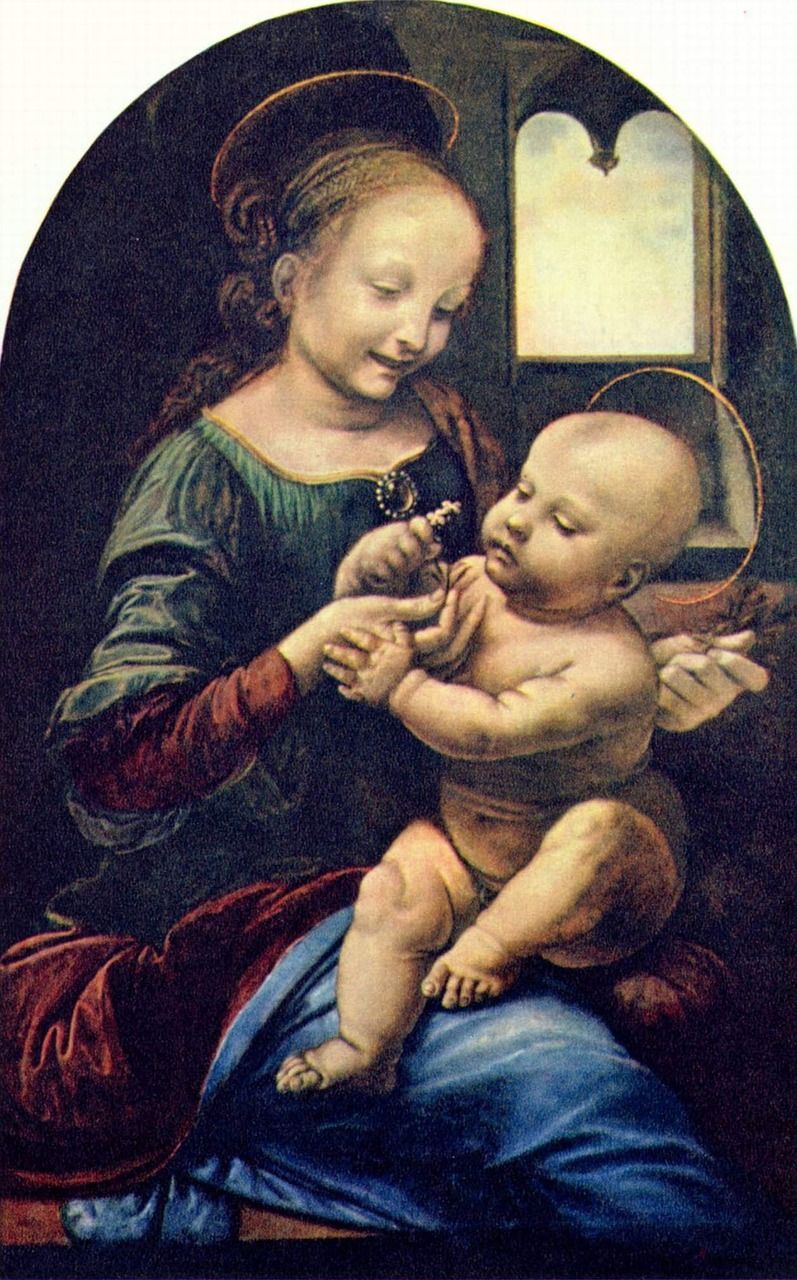The Raven: A Timeless Masterpiece by Edgar Allan Poe

Introduction:
“The Raven” is a renowned narrative poem by the revered American poet Edgar Allan Poe. Known for its haunting and melancholic tone, this captivating piece of literature has fascinated readers for generations. In this article, we will explore the significance of “The Raven” and provide a comprehensive overview of its historical development.
I. Understanding “The Raven” A Dark Tale Unveiled

“The Raven” is a narrative poem that was first published in 1845. It tells the story of a narrator who is tormented by a mysterious raven that visits him one gloomy night. The poem unravels the narrator’s descent into madness as he engages in a dialogue with the enigmatic bird. The themes of loss, despair, and the human fascination with death are brilliantly depicted, making this poem one of Poe’s most renowned works.
II. Historical Evolution of “The Raven” From Publication to Literary Classic
Initial Reception:
Upon its publication, “The Raven” instantly captivated readers with its unique blend of supernatural elements and psychological exploration. Its popularity soared, making Poe a household name and leaving a lasting impact on American literature.
Critical Analysis and Interpretations:
Over time, “The Raven” garnered significant critical attention. Scholars and literary enthusiasts dissected the poem’s symbols, structure, and themes, leading to a multitude of interpretations. Whether analyzing the raven as a symbol of death or exploring the unreliable nature of the narrator’s perspective, these interpretations have fueled ongoing debates.
Influence on Popular Culture:
“The Raven” has permeated various aspects of popular culture, ranging from films and music to literature and artwork. It has inspired countless adaptations, ensuring its enduring presence in the collective imagination. Notably, the poem’s themes and atmosphere have influenced numerous gothic and horror works, cementing its status as a literary classic.
III. Deconstructing “The Raven” Examining its Literary Significance
Structure and Rhyme Scheme:
“The Raven” is structured as a narrative poem comprising 18 stanzas of six lines each. Poe employs trochaic octameter, a distinctive meter that contributes to its mesmerizing musicality. The consistent rhyme scheme (ABCBBB) further adds to the poem’s haunting rhythm.
Symbolism and Imagery:
Throughout the poem, Poe skillfully employs symbolism and vivid imagery to convey his themes. The raven, for instance, represents a source of eternal grief and serves as a haunting reminder of mortality. The repeated refrain, “nevermore,” intensifies the sense of despair, emphasizing the narrator’s inability to escape his torment.
Psychological Exploration:
Poe delves into the depths of the human psyche, portraying the narrator’s mental deterioration and descent into madness. This psychological exploration highlights the fragility of the human mind and the destructive power of obsession and grief.
Conclusion:
“The Raven” stands as a timeless masterpiece that continues to captivate readers with its poetic brilliance and exploration of the human condition. Its enduring popularity and critical acclaim attest to the profound cultural significance of Poe’s work. Through its beautifully crafted verses, the poem invites us to confront our own deepest fears, making it a must-read for anyone seeking to unravel the enigmatic world of Edgar Allan Poe.











